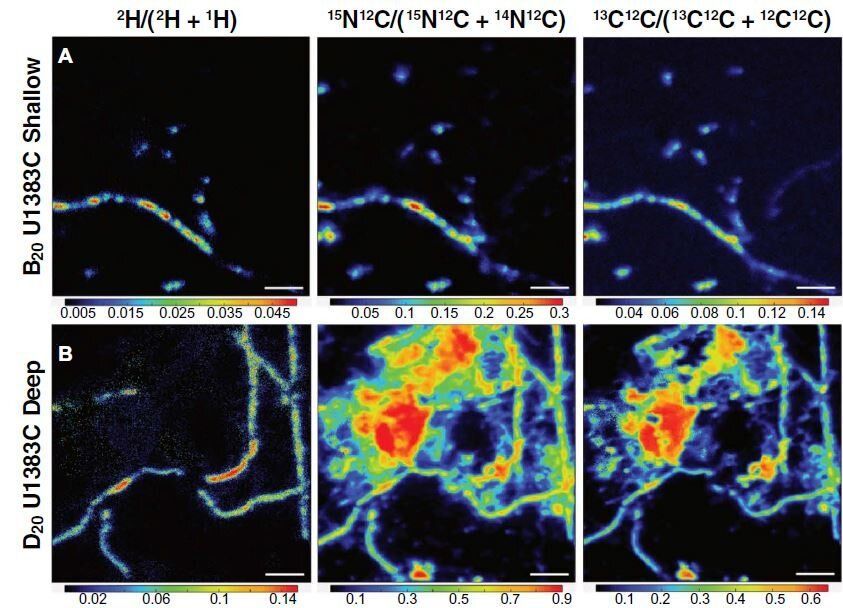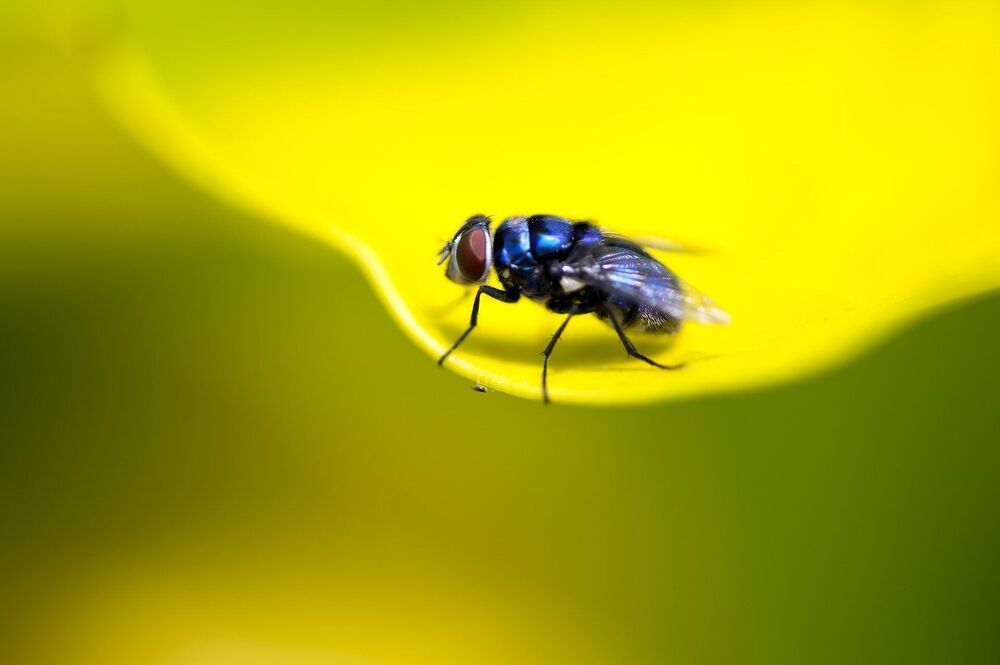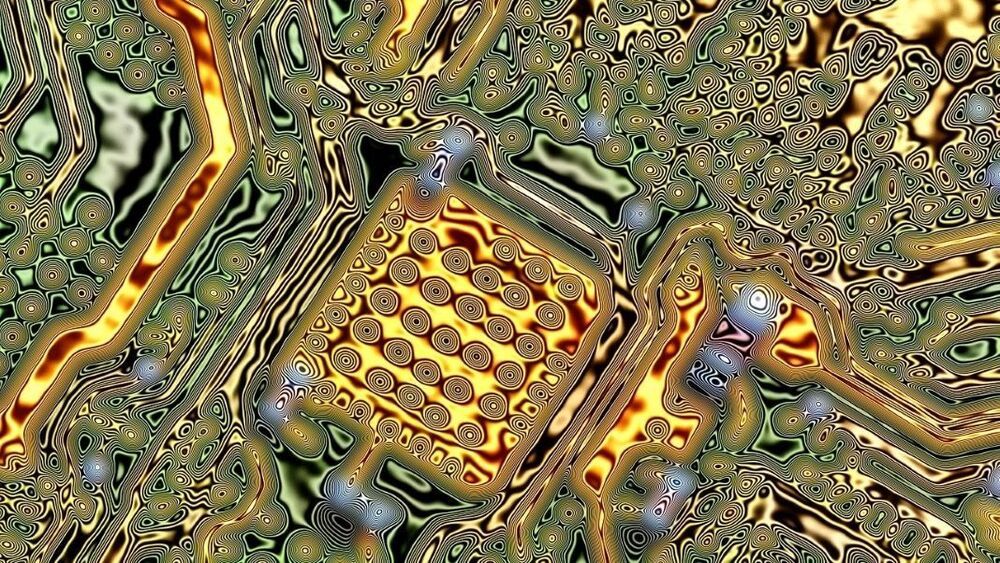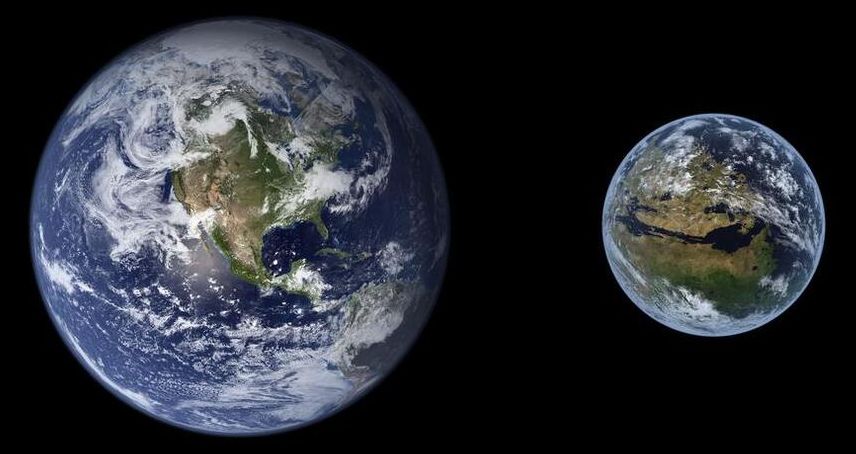Between 19:39 and 24 minutes we have Aubrey giving a list of companies and stating that investing is now taking off. Project 21 seems to be on track to start next year, and therapies available in 10–15 years will add 30 years to life and really be indefinite beyond that.
Rejuvenation Biotechnology: why age may soon cease to mean aging.
People are living longer — no longer because of reduced child mortality, but because we are postponing the ill-health of old age. But we’ve seen nothing yet: regenerative medicine and other new medicines will eventually be so comprehensive that people will stay truly youthful however long they live, which means they may mostly live very long indeed.
Dr. Aubrey de Grey discuss both the biology and the sociology of what will be the most momentous advance in the history of civilisation.
The Global Foresight Summit is a not-for-profit virtual conference with the goal of increasing futures literacy, breaking thinking silos and raising awareness in futures intelligence, strategic foresight, and futures thinking.
It was started in March 2020 during the COVID-19 pandemic lockdowns by FFWD, a global Futures Intelligence & Strategic Foresight consultancy, as a pro-bono initiative to help educate people around the globe during that time of global confinement.





